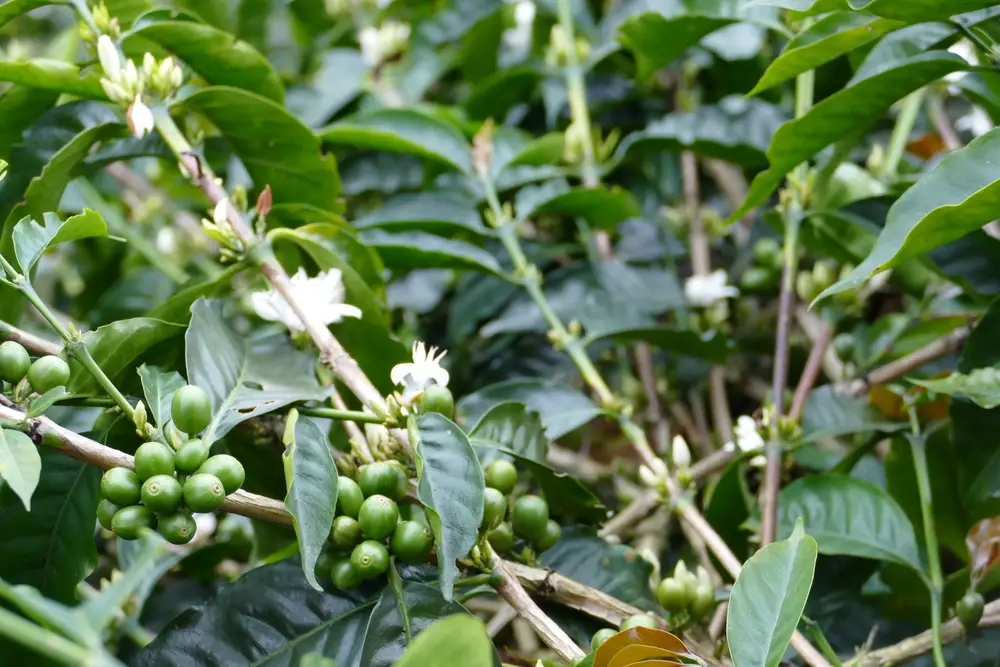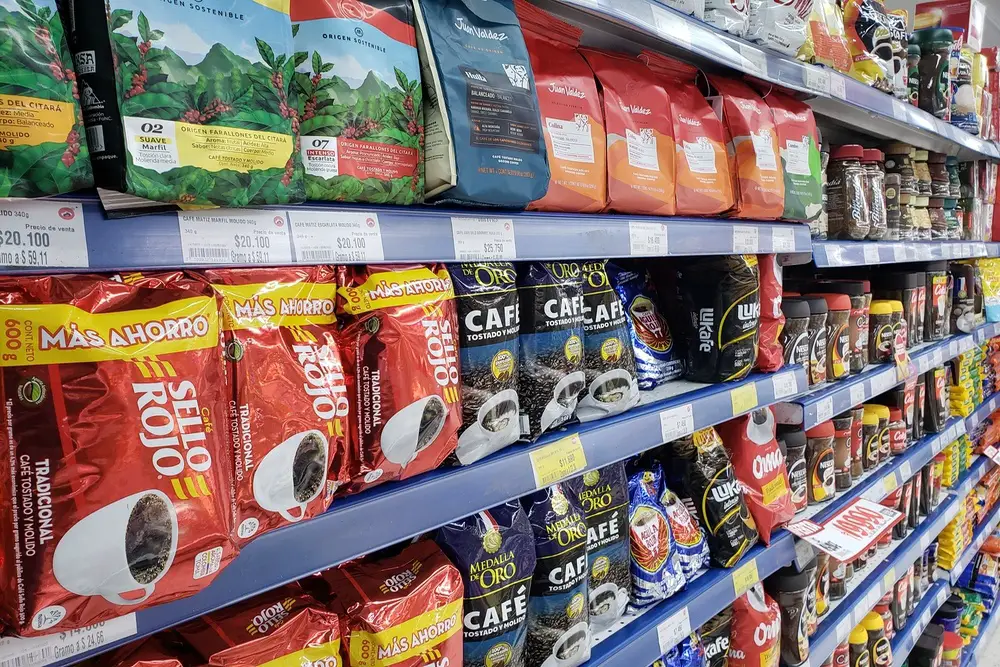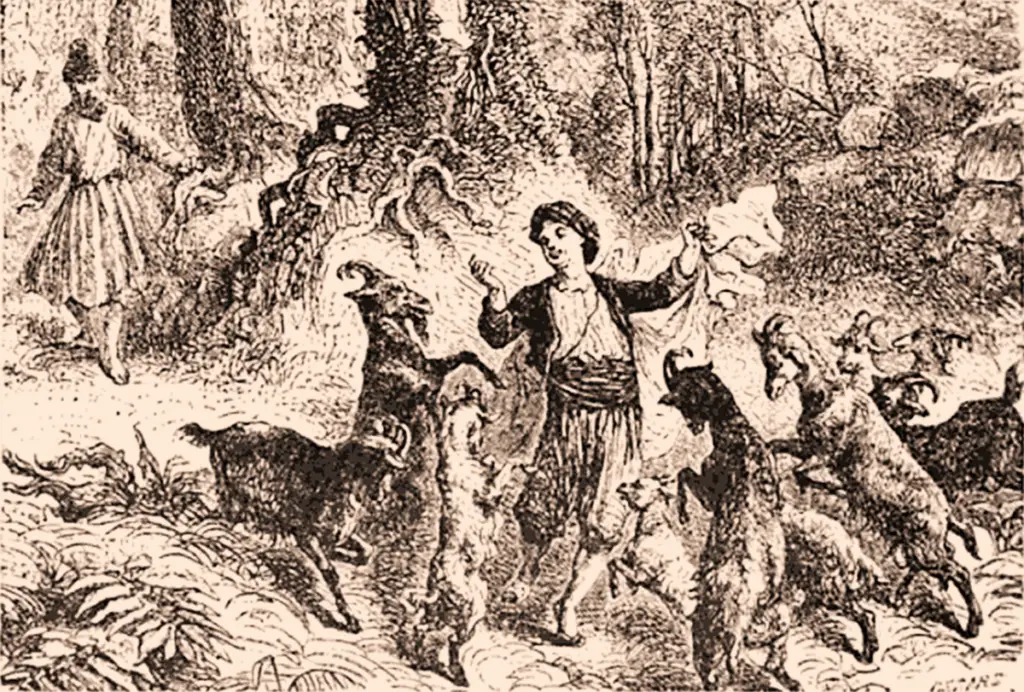Coffee consumption has become a serious business in countries around the world and Malaysia is no exception.
Malaysia has its own coffee farms and they mainly grow Robusta. This is usually grown at lower altitudes. In other countries and at higher altitudes, Arabica coffee is more likely to be grown and is the bean of choice for most coffee connoisseurs.
But whether it’s local Robusta beans or international Arabica coffee, Malaysian coffee culture has exploded in recent years with the opening of more and more independent coffee shops, which Malaysians often prefer to the big chains.
Table of Contents
History of Coffee in Malaysia
Due to the influence of British colonization in the 1820s, Malaysians tended to consume tea as their main drink rather than coffee.
Later, in 1898, coffee culture began to flourish when Chinese immigrants came to Malaysia. A tradition arose of dipping Chinese donuts or biscuits into a cup of black coffee for breakfast before going to work.
Local cafes began to expand and not only focus on selling their products but also appealed to all generations. Coffee shops became the main meeting places for Malaysians and a place to have relaxed business conversations.
Kopitiams in Malay coffee culture
While today ‘s trendy coffee shops resort to renting coffee machines to outfit their premises with the latest and greatest equipment, this hasn’t always been the case. Long before the explosion of coffee culture as we know it today, coffee houses known as “kopitiams” existed in Malaysia. The term “Kopitiam” is composed of two different words: “kopi”, the local word for coffee, and the Hakka or Hokkien word “tiam”, meaning shop.
These humble coffee shops used to stock the local Robusta coffee beans, which are usually roasted with margarine or palm oil to make them darker than most other beans. The kopitiams, which have been around since the early days of the coffee trade in the region, have been at the forefront of the Malaysian coffee scene for hundreds of years and remain popular.
History of the Copitiams
The history of the Kopitiams in Malaysia begins with the migration of people from Hainan Island in southern China. They were one of the last Chinese ethnic groups to migrate to Southeast Asia in the late 19th century.
By the time they arrived, other major dialect groups such as Hokkien, Cantonese and Teochew had already settled and dominated Malaysia’s most lucrative industries such as trade, agriculture and mining.
Most of the Hainanese immigrants, forced to earn a living elsewhere, worked in the hospitality industry. Many found work as cooks and clerks in hotels, restaurants and bakeries, while others worked as domestics for European families. Some Hainanese also worked as cooks and bartenders on British military bases and on ships’ galleys.
However, at the end of World War II, an economic recession set in and job opportunities in European hotels and homes became scarce. Real estate prices also fell significantly at this time.
Many Hainanese took this opportunity and used their savings to buy premises to open small restaurants and kopitiams across the country.
This is how the popular social centers for Chinese migrants emerged, where they could meet, eat and catch up on the local news. Typical kopitiam serve middle- and low-income workers, and all have simple white marble tables and green china dishes decorated with flowers.
The menu has survived to this day, showing the fusion of the Hainanese ‘s culinary skills with the style they were forced to adopt for their British employers. The menu features chicken schnitzel with green peas, toast with butter and coconut jam, and roasted coffee sweetened with condensed milk.
The concept of convivial and affordable dining was so successful that by the 1960s kopitiams could be found in almost every corner of Malaysia.
Even today, most kopitiams are run by families of Hainan descent and passed down from father to son.
Traditional coffees in Malaysia
Malaysian coffee culture encompasses a wide range of primary brewing techniques. Traditional Malaysian coffee, called ” kopi ” in Malay, is brewed by pouring boiling water through the coffee in a traditional cloth filter. It is usually drunk hot or chilled, with or without condensed milk or lots of sugar.
Many traditional types of coffee are still popular in Malaysia today, including the following.
Ipoh White Coffee
This coffee was first produced in the 19th century in the city of Ipoh in the state of Perak. The focus is not on the type of beans used, but on the roast. It is made from a blend of Arabica, Robusta and Liberica beans and roasted in palm oil margarine to give it a special texture and taste.
Kopi Tarik
Indo-Muslim immigrants in Peninsular Malay invented Kopi Tarik. After World War II, they set up drinking halls in the rubber fields to serve the workers. Before serving, they repeatedly “tugged” on it until a film of foam formed on the drink. Condensed milk is added to increase foam and improve the taste of the drink.
Kopi -O
The Liberica variety of beans, introduced sometime in the 19th century, are used for kopi -o. The use of butter and sugar when roasting the coffee beans gives Kopi -O its characteristic charred flavor. The strong coffee taste was masked by this special roasting technique. The high percentage of condensed and evaporated milk in this drink enhances the strong and rich flavor of the beans.
The traditional way of coffee roasting in Malaysia
Fifty to one hundred years ago, coffee beans were roasted in a grinder until they were a deep brown color. Most of the coffee beans were Libérica and Robusta, which gave the drink a strong, earthy flavor.
Malaysia is the only country that double roasts its coffee, a unique roasting technique not known to many. This gives the beans a nutty flavor and low acidity. This concept goes back to a Chinese custom in which the coffee beans were traditionally roasted. The beans were then mixed with melted sugar and margarine to caramelize the sugar and, once cooled, ground into coffee powder.
Development of coffee culture
Today, specialty cafés are no longer uncommon in Malaysia. Despite the historical popularity of traditional kopitiam, things are beginning to change. Chains and independent coffee shops are changing the way many Malaysians consume coffee.
The increase in coffee consumption in Malaysia is due to several factors such as: B. urbanization and hectic life. To increase productivity, coffee consumption has become firmly established in Malaysian culture.
There are special cases, such as B. Kuala Lumpur, home to the world’s largest Italian population outside of Italy. Since Italians are credited with inventing espresso, cappuccino, and other popular coffee drinks, it’s no surprise that Italians have been quick to embrace the new wave of coffee shops that have opened in the country.
Big coffee chains in Malaysia
Major international coffee chains have had a presence in Malaysia for more than two decades. Starbucks opened its first store on December 17, 1998 in the KL Plaza. As of June 2020, there were 316 stores nationwide, including the world’s first sign language Starbucks store employing deaf baristas.
Conclusion
Looking back at the history of Malaysian coffee culture, we can see how its rich traditions have been passed down from generation to generation, experiencing new flavors and ideas through a simple cup of coffee.
And as coffee culture continues to grow in popularity in Malaysia, we can expect more coffee shops to open across the country. It is an exciting time to drink coffee in Malaysia for both locals and tourists.



